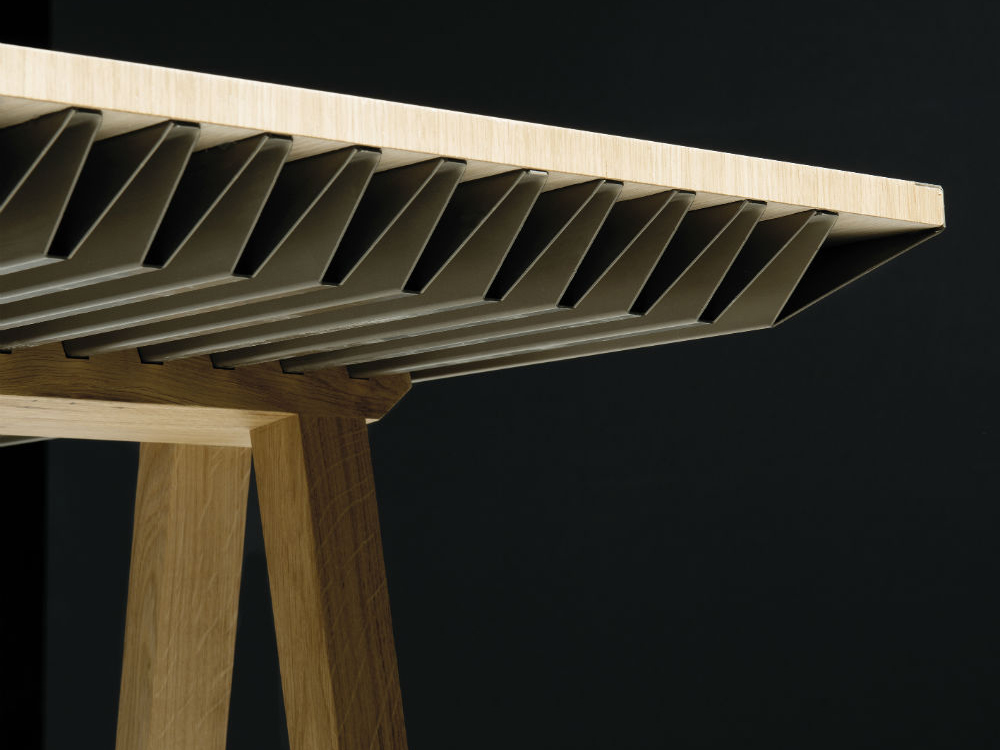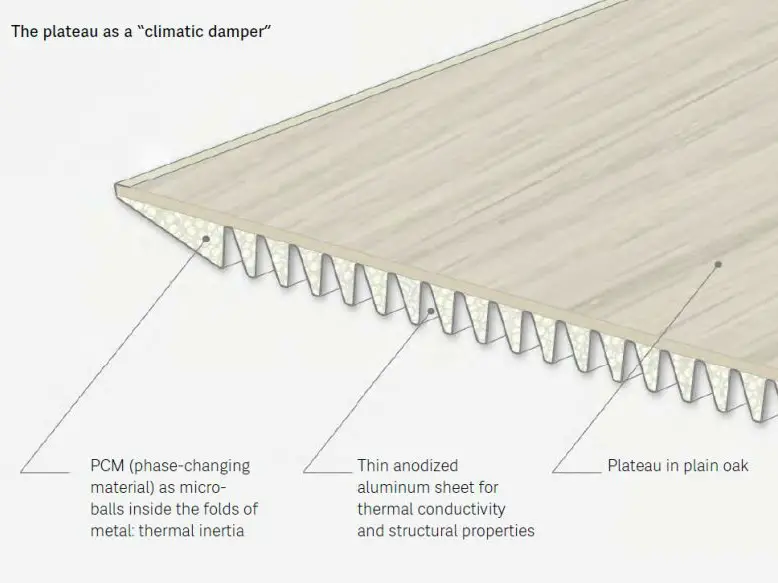Smart furniture – the temperature regulating table
We would have never thought that the next step in the fight against global warming can be made by “recruiting” furniture. But specialists are working on it and the results are starting to show in a concrete way. Two French designers, Jean-Sebastien Lagrange and Raphael Menard, wanted to find an effective alternative to the air conditioning systems incorporated in buildings which, though have evolved from a technological point of view, remain a danger to the environment. Then came their revolutionary idea: smart furniture.
“We wanted to see if it was possible to address climate and energy issues on a furniture scale,” Lagrange told US magazine Wired. He, along with Menard, who is also an architect and engineer, developed the first piece of their suggestively titled “Zero energy furniture” line – a table which can store excess heat from one room and then release it when the temperature drops. Their invention is based on the principle of phase changing materials, which capture and then release heat.

Smart furniture – based on the phase changing materials principle
The table, which seems a usual piece of furniture in any conference room, but has under the oak slab several layers of material that transforms into a true heat sponge. More specifically, inside the corrugated aluminum was introduced a material with a wax like consistency, but which, when the room temperature reaches 21 degrees and then begins to grow, it softens and starts storing heat. If, in time, the temperature falls back to under 21 degrees then the entire heat stored by the table begins to be released.
The two designers argue that, in optimal conditions, this type of smart furniture, placed in a conference room that can accommodate 15 people, may reduce by up to 30 percent the energy consumption of air-conditioning systems. The phase changing material principle only works if there is a variable temperature in the room.

Smart furniture – cut up to 30 per cent of energy use
The inventors claim that this is not a problem, especially over the course of a night. Thus, significant savings in energy consumption would be made if centralized heating would be turned off in a room where such a smart table would be placed and that would release the heat stored during the day.
The next step that the two Frenchmen want to do is incorporate the same principle of phase changing materials in lighting systems, in which case heat storage would occur much easier. Lagrange and Menard will then include it in different objects in the house for higher energy savings.















